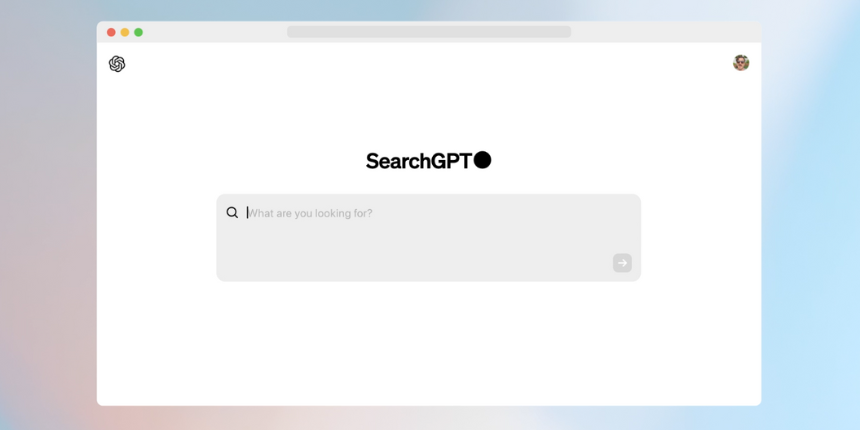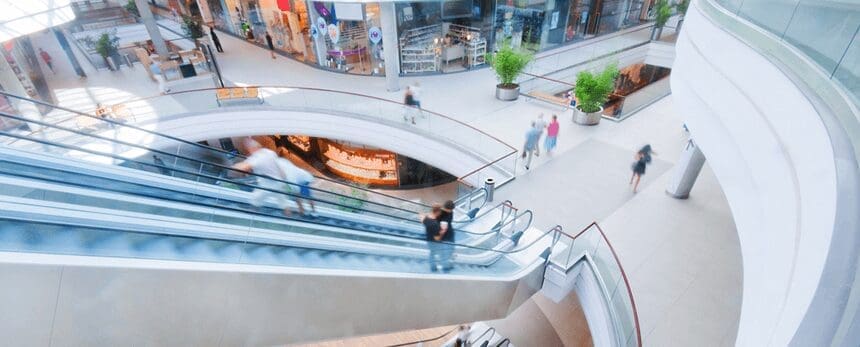
Navigate an unpredictable landscape with actionable, data-driven strategies tailored for your business from the brand down to the local level.

Yesterday I walked into a small ‘local’ supermarket to buy cat food. I was unfamiliar with the store layout, and unhelpfully, ‘pet food’ wasn’t signposted. With the absence of any staff to ask for direction, it took me the best part of five minutes to find what I was looking for, and this was made worse by the massive queue at the tills. So what started out as a simple task had quickly descended into frustration. This scenario might seem a trivial one, but it does a good job of highlighting today’s consumer mentality. Technological advances and our hyper-connected lifestyles have led us to expect instant gratification and personalisation. Since Amazon Prime began offering recurring orders on things like cat food and toothpaste, and disruptive start-ups like Uber have made us come to expect a customised service at our fingertips, consumers no longer want to wait for things. As a result, retailers face a daunting ultimatum: change, or become obsolete. There’s no doubt that the role of the physical store is changing, and with digital and physical worlds colliding, retail is on the brink of total reinvention.
Throughout last year, retail was buzzing with predictions for beacon technology, mobile payments, interactive display, wearable technology and virtual reality, among other things. After struggling and remaining stagnant for a while, it seems that 2016 could be the year where the retail industry finally begins to transform. Today most retailers have a variety of brand touchpoints, but we appear to have gone full circle, where the retail store of the future could become the data hub for all customer interactions and experiences. Being able to build a single customer view, where a retailer knows everything there is to know about their customers, has been held as the utopian dream for more than a decade. Now it could become a reality, to inform the physical store experience. But it will be crucial that retailers are careful to offer up something that customers really want, which balances the creation of a personalised onmichannel view, without being too intrusive.
What will the retail store of the future look like? From the customer’s point of view, the local retail experience will change drastically. Stores will become less of a maze of products, and be replaced with more open, interactive environments. Products will become secondary to the lifestyle they promote, and the selling experience. So for example, Fleet Fleet Sports in the US was well ahead of the curve when it allowed consumers to run down the street in a pair of shoes to experience the fit and feel. In the future, consumers will be able to ‘road test’ a lifestyle in store, before they buy. To aid this process, sales reps will be on hand to personalise the customer experience. So a runner visiting a consumer electronics store to try out GPS watches, for example, could schedule an appointment via a smartphone app, and arrive to find a sales assistant waiting for them, armed with their personalised customer information. Not only will that customer receive a wealth of tailored information and offers on the product they’ve requested, but taking things one step further, they might be kitted out with a fitness tracker to read their oxygen levels and heart rate to assess their overall wellness. The days of visiting a store to buy a particular product, only to find that it’s not in stock, will be obsolete. While retailers such as Argos already allow customers to check availability and reserve items for collection; in the future we’ll see supply chains increasingly being armed with user data, usage data, inventory data and sales data, to totally redefine the idea of inventory. This will enable retailers to anticipate a customer’s needs, to create a truly personalised and frustration-free experience. This will be the greatest opportunity yet for brands to get truly personalised in the service and communications they target their customers with. Brands should be striving to have all the data associated with one customer, including their interactions and experiences, available in one place, so that they can make real-time decisions off the back of it.
Subscribe to our monthly newsletter.  The smartphone or tablet will be an integral part of the customer experience, through which individuals will not only navigate their way online and in-store, but also control and set the rules for how retailers interact with them. It will be crucial that brands and advertisers give their customers choices about how personally they want to be targeted, giving them the option to shop anonymously if they desire. This may vary according to the nature of the business – high-end luxury retailers, for example, will always need to prioritise customer privacy and preferences. It goes without saying that additionally, mobile payment will completely replace the checkout and queuing. The rise of a borrowing culture
The smartphone or tablet will be an integral part of the customer experience, through which individuals will not only navigate their way online and in-store, but also control and set the rules for how retailers interact with them. It will be crucial that brands and advertisers give their customers choices about how personally they want to be targeted, giving them the option to shop anonymously if they desire. This may vary according to the nature of the business – high-end luxury retailers, for example, will always need to prioritise customer privacy and preferences. It goes without saying that additionally, mobile payment will completely replace the checkout and queuing. The rise of a borrowing culture
Stay Forward
Navigate an unpredictable landscape with actionable, data-driven strategies tailored for your business from the brand down to the local level.
Navigate an unpredictable landscape with actionable, data-driven strategies tailored for your business from the brand down to the local level.
Navigate an unpredictable landscape with actionable, data-driven strategies tailored for your business from the brand down to the local level.
Subscribe to our monthly newsletter.